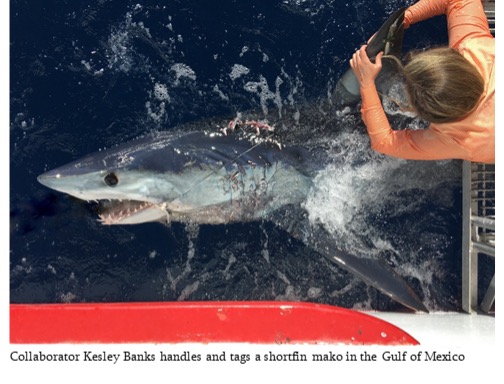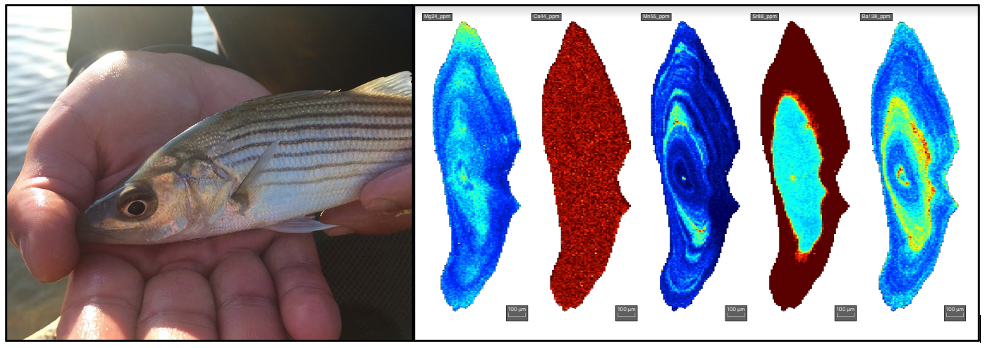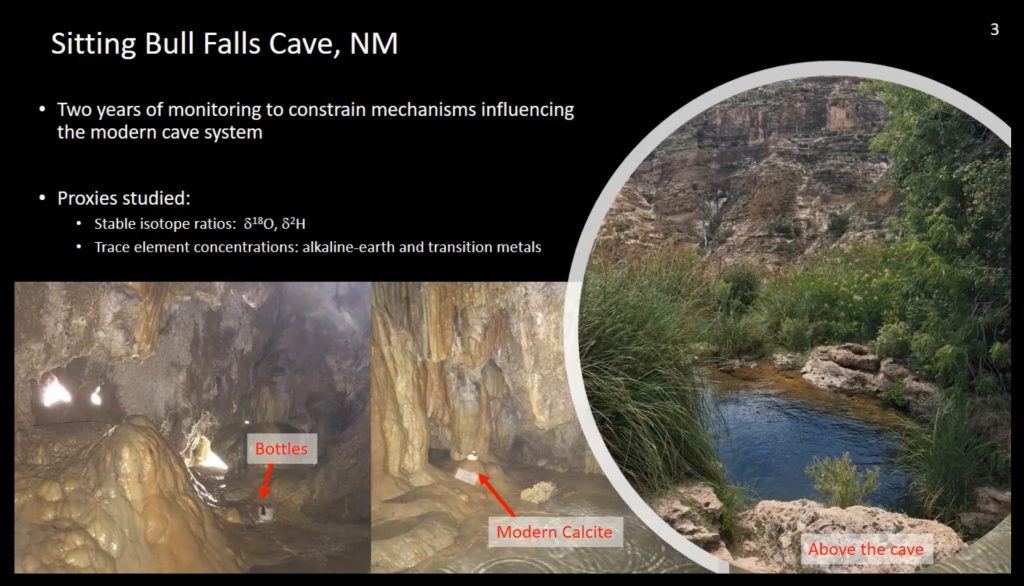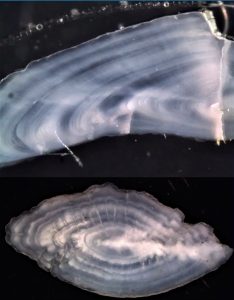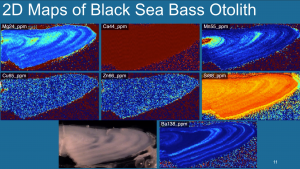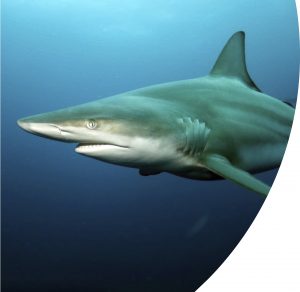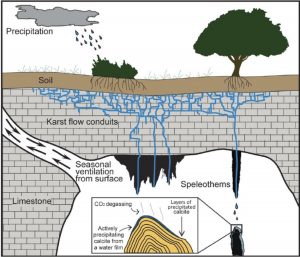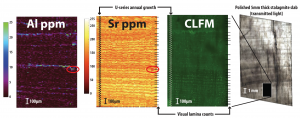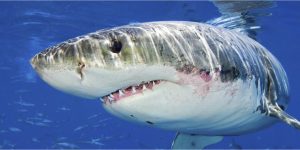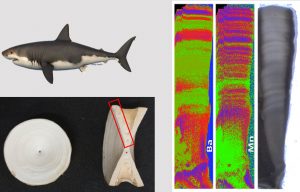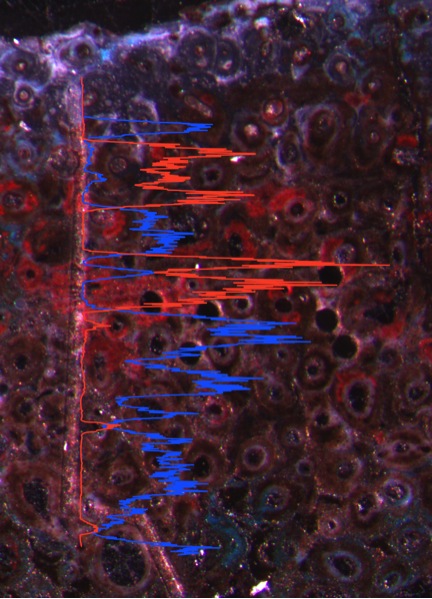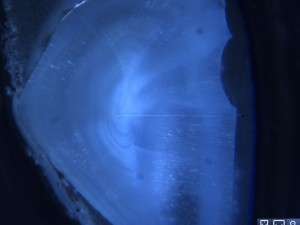Benjamin R. LaFreniere1, Oscar Sosa-Nishizaki2, Sharon Z. Herzka2, Owyn Snodgrass3, Heidi Dewar3, Nathan Miller4, R.J. David Wells5,6, John A. Mohan1,5
- School of Marine and Environmental Programs, University of New England, 11 Hills Beach Road, Biddeford, Maine04005, USA
- Departamento de Oceanografia Bioliogica, Centro de Investigacion Cientifica y de, Educacion Superior de Ensenada(CICESE), 3918 Carretera Tijuana-Ensenada, Ensenada, Baja California 22860, Mexico
- National Marine Fisheries Service, Southwest Fisheries Science Center, 8901 La Jolla Shores Drive, La Jolla, California92037, USA
- Jackson School of Geosciences, University of Texas at Austin, 2275 Speedway Stop C9000, Austin, Texas 78712, USA
- Department of Marine Biology, Texas A&M University at Galveston, 1001 Texas Clipper Road, Galveston, Texas 77553,USA
- Department of Ecology and Conservation Biology, Texas A&M University, College Station, Texas 77843,USA
The ability to determine the origin of highly migratory species allows fishery managers to better understand how nursery habitats contribute to adult populations. In this study, opportunistically sampled vertebrae from juvenile Shortfin Mako were sourced from two distinct nurseries in the eastern North Pacific. Mineralized vertebral cartilage was analyzed to determine concentrations of selected elements (Li, Mg, Mn, Zn, Sr, Ba, standardized to Ca) using laser ablation inductively coupled plasma mass spectrometry, targeting growth bands at specific life stages. This technique allowed for investigations into shifts between past and recent life through development. Results suggested limited regional movements between nursery grounds, but local shifts in coastal habitat and/or feeding as juveniles grow. This study revealed the potential for using vertebral chemistry for characterizing regional differences and local shifts between habitats of migratory sharks in the California Current.
This project was funded by the Texas A&M CONACYT Collaborative Research Program (Project 2016-026). We thank the recreational and commercial fishermen for providing vertebrae samples. All samples were opportunistically harvested and were not targeted for this study.


